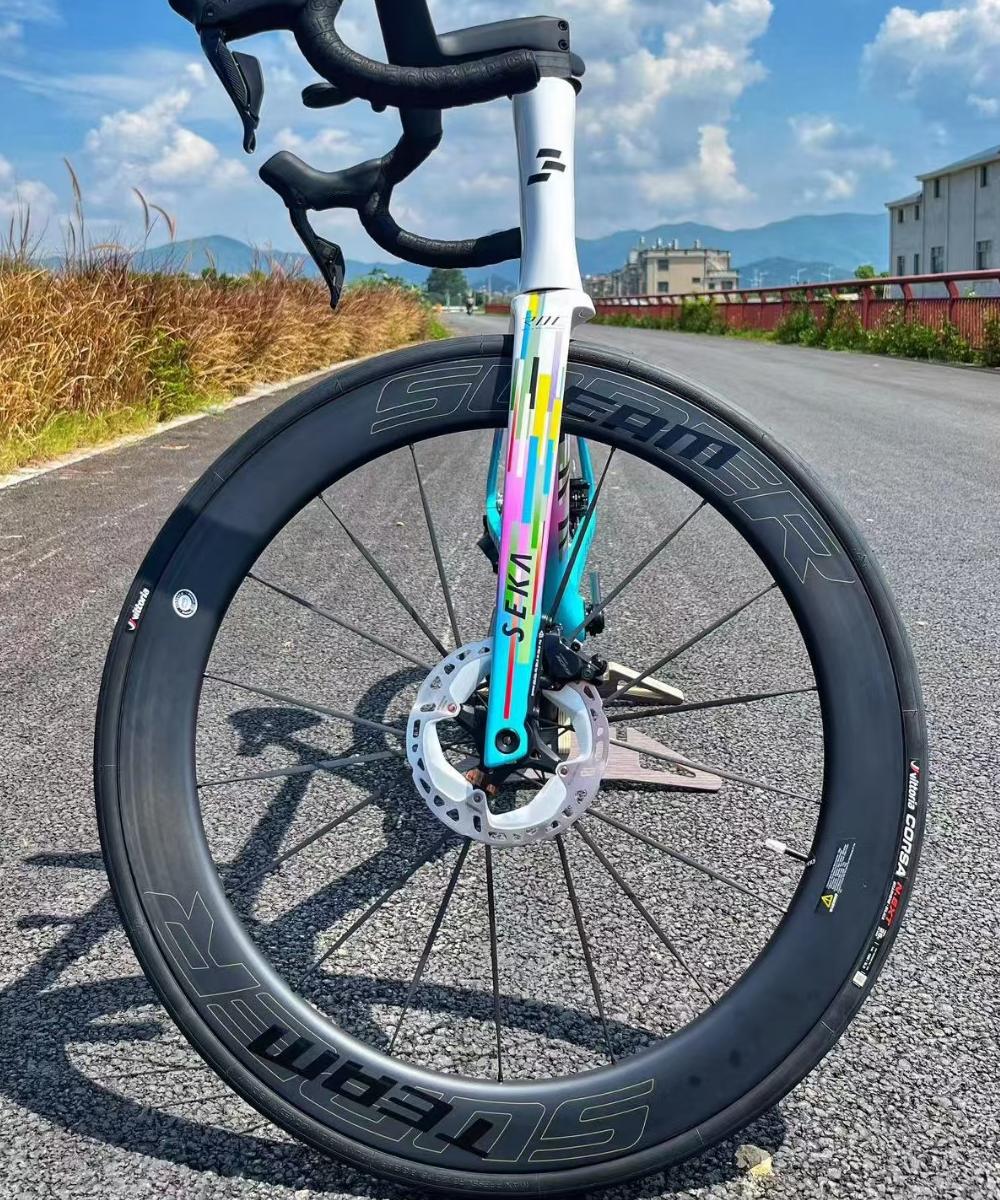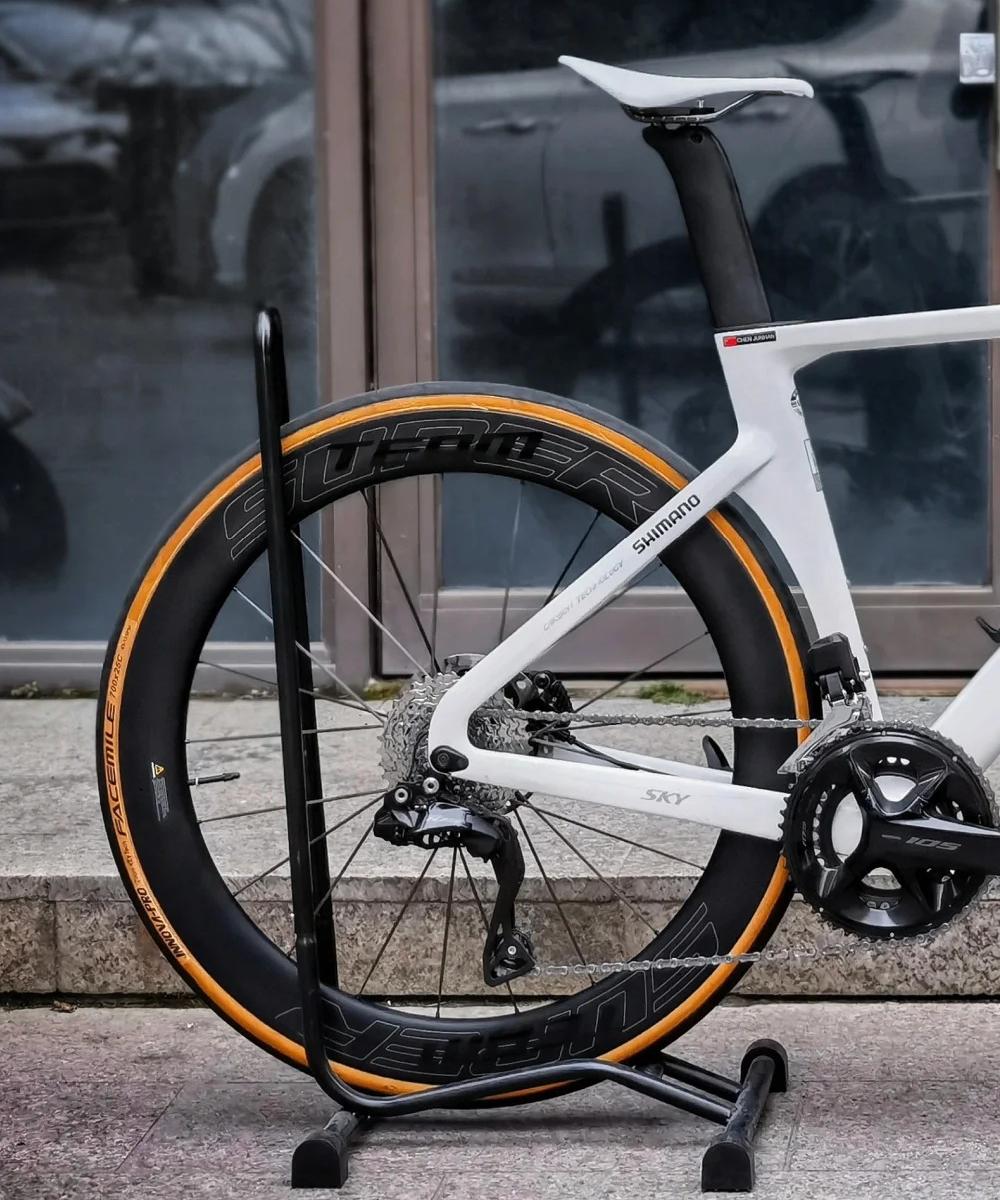Carbon vs Alloy: Why You Might Still Want an Alloy Wheelset
When it comes to choosing a wheelset for your bike, carbon fiber often steals the spotlight due to its lightweight nature and sleek appearance. However, alloy wheelsets remain a popular and practical choice for many cyclists. Despite the rising dominance of carbon wheels in competitive cycling, alloy rims offer distinct advantages that shouldn’t be overlooked.
1. Cost-Effectiveness
One of the biggest reasons riders still choose alloy wheelsets is affordability. Carbon wheels typically come with a premium price tag due to expensive materials and complex manufacturing processes. Alloy wheels provide solid performance at a fraction of the cost, making them ideal for riders on a budget or those seeking reliable daily training wheels.
2. Durability and Impact Resistance
Alloy rims are generally tougher when it comes to impacts. While carbon fiber offers excellent stiffness and lightness, it can be more susceptible to damage from crashes, potholes, or rough roads. Alloy wheels can withstand more abuse and often sustain minor dents or bends that are easier and cheaper to repair.
3. Better Heat Dissipation for Rim Brakes
For riders using rim brakes, alloy rims excel in heat dissipation. Braking generates significant heat, especially on long descents. Alloy’s superior thermal conductivity helps prevent overheating, reducing the risk of brake fade and rim damage. Carbon rims require special brake track treatments and can be less forgiving under extreme heat.
4. Easier Maintenance and Compatibility
Alloy wheels tend to be more straightforward to maintain. Spoke nipples are more accessible, and truing the wheel is generally easier. Additionally, alloy rims are compatible with a wide range of tires and braking systems, including rim brakes and disc brakes, providing versatility for various bike setups.
5. Reliable Performance in Varied Conditions
Alloy wheels perform consistently in all weather conditions. Carbon braking surfaces can become slippery or less predictable when wet, while alloy rims offer reliable braking in rain or mud. For riders who prioritize all-weather reliability over marginal performance gains, alloy wheels remain a smart choice.
6. Weight Considerations
While carbon wheels typically weigh less, advancements in alloy wheel manufacturing have narrowed the weight gap. Modern high-end alloy rims can be surprisingly light without compromising strength, making them suitable for many disciplines including road racing and gravel riding.
Conclusion
While carbon wheelsets continue to impress with their lightness and aerodynamic advantages, alloy wheels offer unmatched value, durability, and versatility. Whether you’re a casual rider, a daily commuter, or someone who rides in varied conditions, an alloy wheelset may be exactly what you need. Considering your budget, riding style, and maintenance preferences will help you decide which material suits you best.




